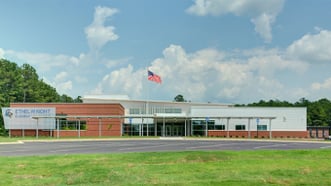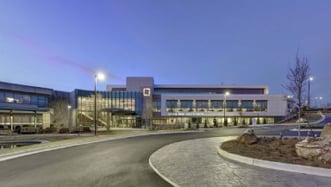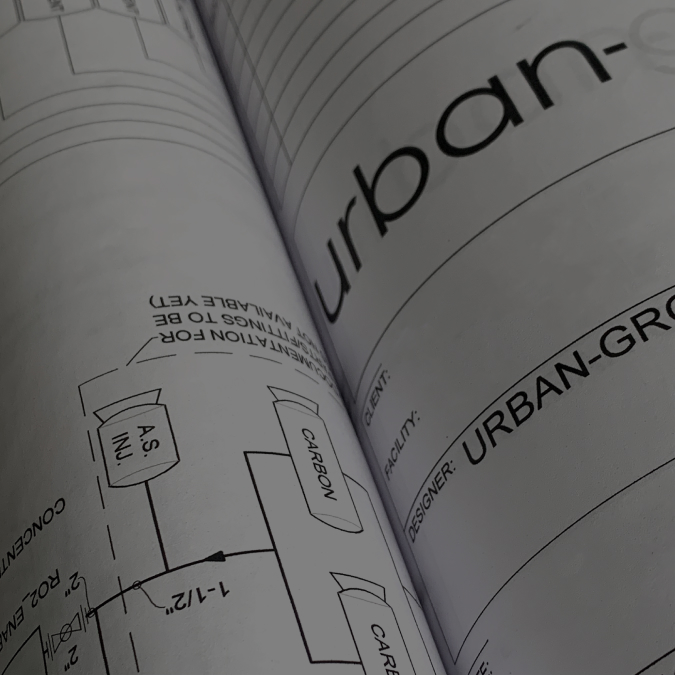
urban gro’s team represented the company and the industry at CannaCon in Seattle February 18 – 20. Shelly Peterson, VP of Lighting Product Solutions, spoke on a panel addressing sustainable cultivation practices. Both Shelly Peterson and J.Chander, VP of Cultivation Technologies, along with team members, met with grow facility owners and cultivators to discuss how urban gro’s products can help them maximize yields and efficiency through our lighting and Integrated Pest Management (IPM) divisions.
There were definitely some clear trends and topics that came out of this year’s Seattle event. Among them were:
Leadership & the power of women in cannabis
One of the event days fell on International Women’s Day on February 19th. The cannabis industry has a strong showing of women in leadership compared to other industries. Women were well represented as thought-leaders at CannaCon Seattle, including our own Shelly Peterson.
Cultivation & best practices
Now that cannabis is no longer relegated to basement grows and is ramping up production in commercial facilities, many new challenges need to be addressed. Growers are coming together to share what they are learning and are tapping experts who can help them be successful in producing and protecting large yields. Those who have embarked on growing commercially are the new trailblazers and many want to learn from them so they can match their success and not fall prey to all too common and costly errors. In this way cultivators united to share best practices to continue to make the industry and the crop it produces, stronger.
Sustainability & the move to reducing impact on the power grid
In the Pacific Northwest, we are seeing the beginning of a transition from using warehouse space to moving into greenhouses. This way grow lights supplement natural light, easing the impact on the power grid. There is also lighting design plans for both new facilities and retrofits that look to get the highest light conversion rates and eliminate shading or hotspots on the plant canopy, while also not wasting light on pathways and walls. Right now the COGS (costs of goods sold) is not sustainable given the high cost of electricity, nor is it environmentally friendly. Thus moving to more sustainable growing practices was very much on every one’s mind. With more supportive laws, improved management and cultivation practices, the investment it takes to set up a greenhouse may be one worth making.
Lighting & the move to LED
The lighting design plan for a grow facility is a significant investment for any grow facility. Certain lighting products have specific maintenance requirements whether it is replacing bulbs or cleaning reflectors. At urban gro we are proud of our P.L. Light Systems products that are virtually maintenance free. Then there is the cost of electricity every month. Working with our design team to reduce your light count and maximize light efficiency is a first step to getting the most from your cannabis lighting. Additionally many companies in the Pacific Northwest have made the move to LED. LED has a much higher upfront cost and although there is some savings on electrical costs, it still takes many more years to recoup over other standard lighting options. One strategy for companies sold on LED is to intermix LED lighting with traditional lighting. urban gro can help here too with our new line of LED products.
Pesticides & the move toward greater consumer protections
Cannabis product recalls are a hot topic. Many growers leaned on harmful pesticides and in many cases allowed their crops to be harvested and sold with residue, molds and fungi. Until recently there was no regulation in place to manage this since legalization happened at the state level and agricultural standards and approved pesticides are set at the federal level. Now that consumer protection is coming into play, helping grow facilities protect their crops from pests and other natural hazards, using products that have proved effective in organic farming, is coming into vogue. urban-gro provides a host of cultivation solutions from integrated management, nutrients, fertigation, air sanitizers and water treatment.




